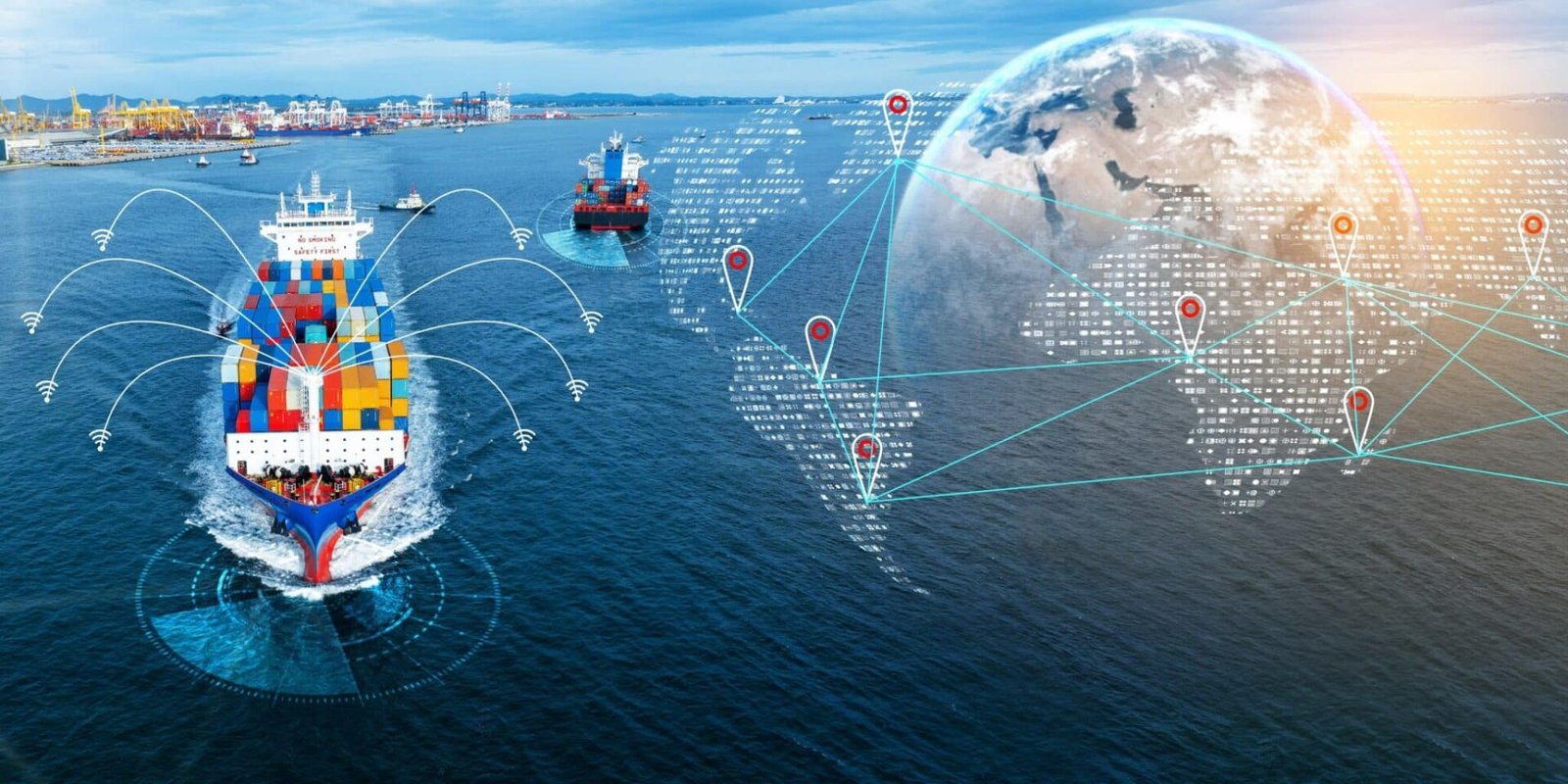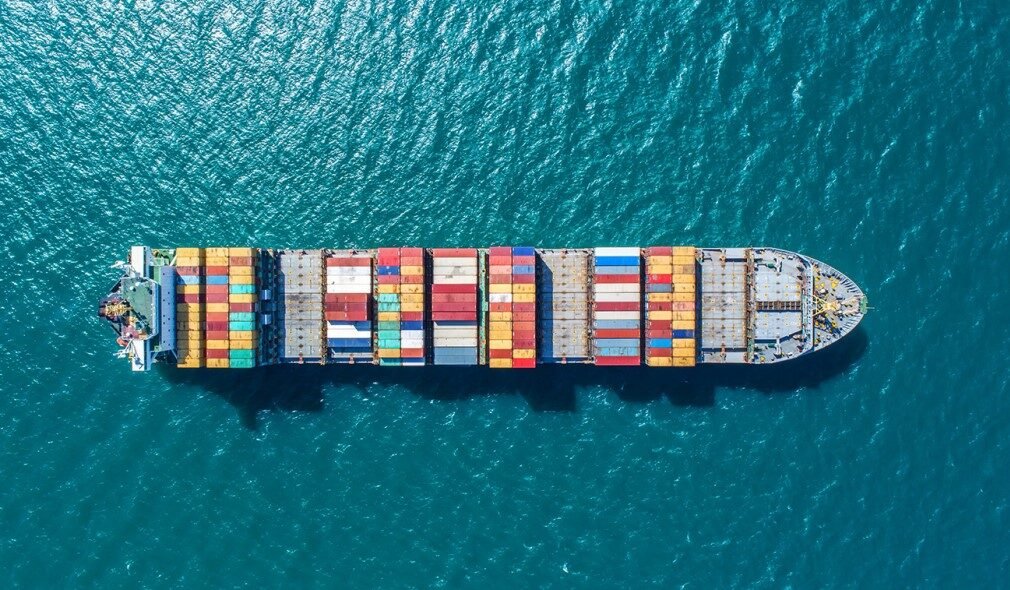India’s Shipbuilding Opportunity: Why We Must Act Now
India has a vast coastline—longer than the Great Wall of China. Yet, we spend a massive $75 billion annually to foreign shipping companies to move our goods across the globe.
This raises a crucial question:
Why doesn’t India build and operate its own ships?
A Global Industry Worth Billions
The worldwide shipbuilding industry is booming—valued at $150+ billion in 2024, projected to exceed $203 billion by 2033.
But the market is dominated by just three players:
-
China (62.4%)
-
South Korea (21.4%)
-
Japan (8.8%)
Together, they account for 93% of global shipbuilding.
India, on the other hand, sits far behind—ranked 22nd, with just $1.12 billion in exports in 2023.
India’s Shipping Weakness
Despite owning 1,526 ships, only 487 are used for global trade. China, in contrast, has over 6,000.
Why does this matter?
Because shipping isn’t just transportation—it’s about:
-
Controlling trade routes
-
Managing supply chains
-
Reducing foreign exchange outflows
Relying on other nations means we’re exposed to rising freight costs, geopolitical tensions, and supply disruptions.
What’s Holding India Back?
1. High Costs:
-
Small cargo ship: ₹75–85 crore
-
Large container ship: ₹8,000+ crore
-
Builders need 35–40% upfront capital
-
Indian interest rates: 9–10% vs global 4–8%
2. Lack of Government Support:
-
Global rivals get up to 40% subsidies
-
Indian private shipyards get no direct aid
3. Weak Ecosystem:
-
Few advanced shipyards
-
Shortage of skilled workers and suppliers
-
Delays and quality issues are common
4. Dependence on Imports:
-
India imports marine-grade steel, engines, navigation systems
-
Import duties raise the cost of shipbuilding

Can India Turn the Tide?
Yes—and here’s why it’s possible:
-
Strategic location: India sits on key global shipping lanes
-
Technical expertise: We already build aircraft carriers and submarines
-
Raw materials: India is a top steel producer—can shift to marine-grade steel
Government Support: A Turning Point
New Initiatives Include:
-
₹25,000 crore Maritime Development Fund to provide low-interest finance
-
10-year customs duty exemptions on key ship parts
-
Financial Assistance Policy for shipbuilders
-
Ship recycling credits to support sustainable practices
-
Infrastructure status for building large ships
Private Sector Momentum
-
Adani Group: ₹45,000 crore investment at Mundra shipyard
-
Swan Defence: $500 million in shipbuilding projects
-
Public-private funding model: Govt 49%, private 51%
Global Tie-ups & Local Growth
-
Cochin Shipyard: Exploring JVs with Hyundai, Hanwha, Samsung, Mitsui
-
GRSE: Partnering with Germany’s Carsten Rehder and UAE’s Aries Marine
-
Shipbuilding Clusters: Coming up in Andhra Pradesh, Odisha, Gujarat, and Tamil Nadu
Massive Infrastructure Push
-
₹1.66 lakh crore investment in ports and logistics
-
Corridors like IMEEC, Eastern Maritime Corridor, and INSTC to boost exports
-
U.S. tariffs on Chinese ships may open a new window of opportunity for India
Growth Potential: Eye on the Future
-
India’s shipbuilding grew from $90 million (2022) to $1.12 billion (2024)
-
Expected to hit $8.1 billion by 2033
-
Potential to unlock $237 billion by 2047
-
That’s a 60%+ CAGR, if momentum is maintained
Leading Players in India
-
GRSE: Targeting 28 ships by 2025; expanding domestic and global partnerships
-
Cochin Shipyard: Collaborating with DP World for ship repair hubs
-
Mazagon Dock: Working with ThyssenKrupp for submarines; eyeing Korean tie-ups
Final Thoughts: The Time Is Now
India’s shipbuilding journey is at a crossroads. The intent, funding, and partnerships are in place—but execution is the key.
This isn’t just about building ships. It’s about:
-
Gaining trade independence
-
Ensuring defense preparedness
-
Strengthening economic resilience
If India seizes this moment, the ripple effects will touch steel, logistics, manufacturing, and global trade.
The ocean of opportunity lies ahead. It’s time we build ships—and a future—to sail into it.


